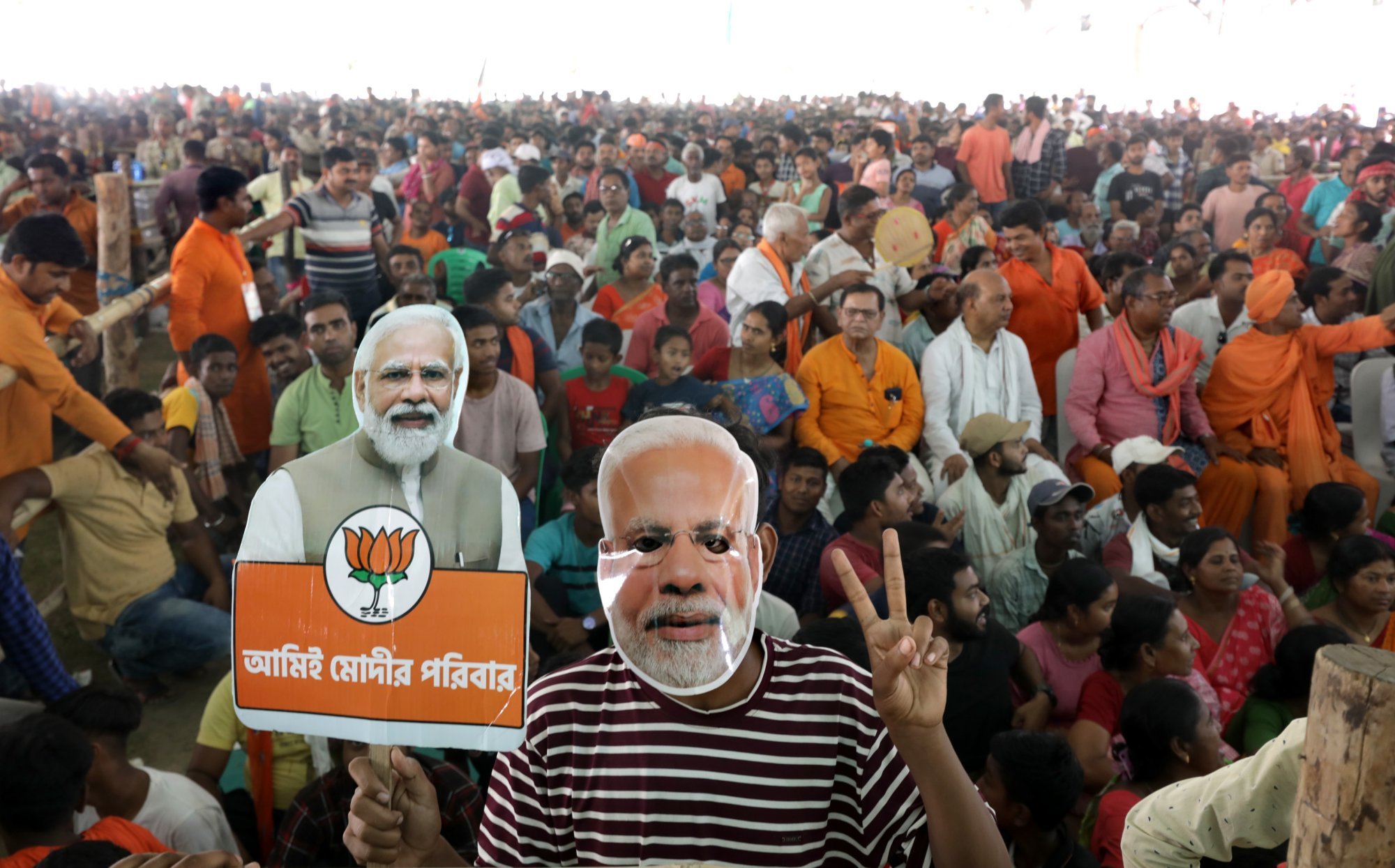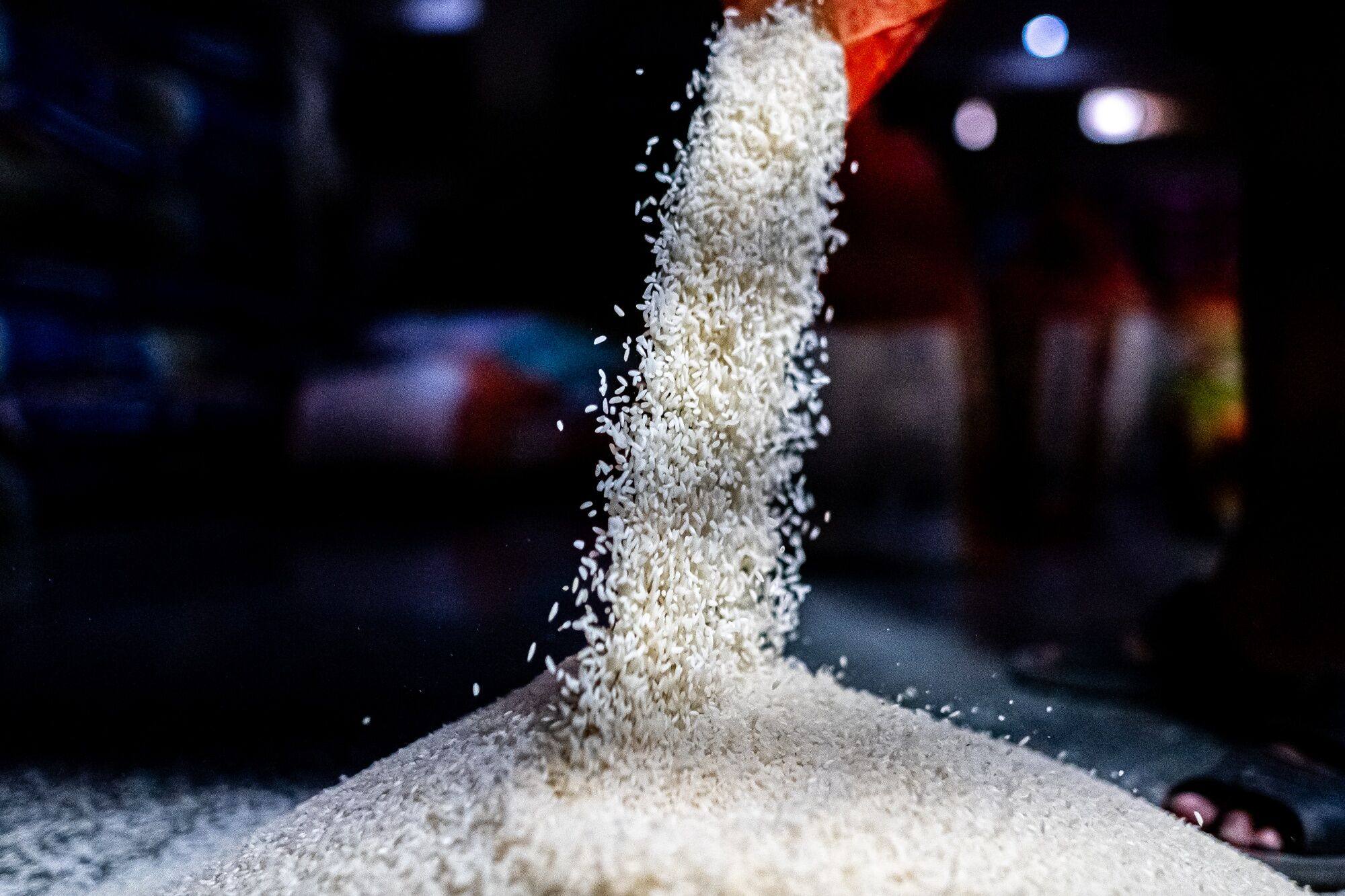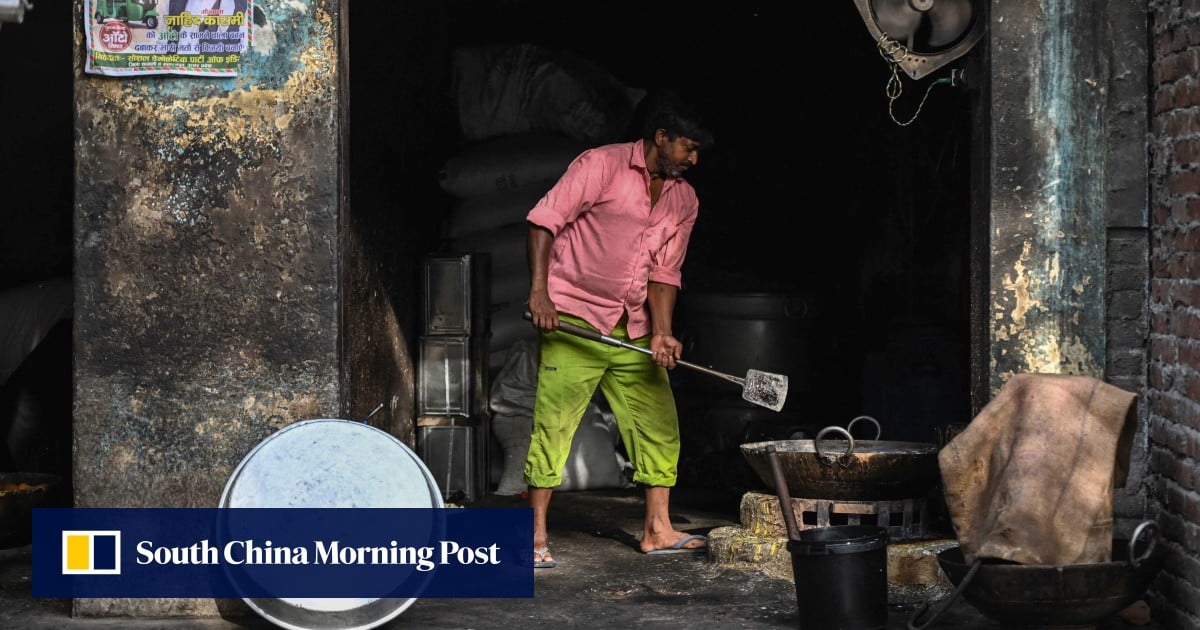But across a number of interviews with residents of Uttar Pradesh – the state that accounts for the most seats in parliament’s lower house – This Week in Asia found that much of the public is worried about a lack of job opportunities and rising prices.
While the government has undertaken a number of initiatives to speed up the country’s development – including the building of expressways, the launch of high speed trains and the introduction of fiscal incentives for manufacturing – industries in many outlying areas continue to lag, despite buzz about India becoming the next factory to the world after China.
Uttar Pradesh has typically lagged its more prosperous counterparts such as Tamil Nadu in the south and Gujarat and Maharashtra in the west, but residents have seen major infrastructure improvements since the BJP came to power a decade ago, including a network of new highways and a steady electricity supply.
Yet many said they still struggle to make ends meet due to a lack of high income job opportunities and higher living costs.
Aftar Hussain, 25, who lives in Amethi’s Munshiganj area, is unemployed and at his wit’s end over how to support his family since his father, a milk vendor, passed away a few months ago.
“If you don’t have influence, you can’t get a job,” he said.
Many shopkeepers in the area struggle to pay mortgages and loans because the number of customers have steadily dropped to a trickle as consumers can’t afford their goods.
Biswajit Dhar, vice-president of the Council for Social Development, a research and advocacy NGO, says addressing unemployment is one of the most pressing problems that India faces. Failure to meet that challenge could turn the country’s so-called “demographic dividend” into a liability.
A lack of high income jobs is leading to subdued consumer spending, resulting in a vicious cycle that could derail India’s ambition of higher manufacturing output.
“Businesses will come forth with investments only if there is a market. So far, the heavy lifting for investments has been done by the government,” Dhar said.
“Fast moving consumer goods companies are not able to sell even small packets of their products.”
India’s infrastructure development has been lopsided towards certain areas like roadways development and airports, but lacking in other areas like port development and facilitating easy clearances for industries to set up businesses.
“What China did was to create the infrastructure so that industries just needed to plug and play. India needs to do the same,” Dhar said.
India’s unemployment rate declined from 6 per cent in 2018 to 3.2 per cent last year, but closer scrutiny revealed two key concerns, he said.
First, unemployment is highest among those aged 15-24, and second, it is still high among the educated.
“There is a big bulge in informal jobs in the gig economy, such as drivers and delivery boys. All these people are doing something to get by, but they are extremely underpaid for working long hours,” he said.
India is likely to become the world’s third-largest economy in three to five years, according to the International Monetary Fund, but its per capita income is still projected to be lower than a developing economy like Bangladesh, Dhar said.
Opinion polls expect Modi and the BJP to earn a third consecutive mandate. Regardless of which political party comes to power, realising the aspirations of the youth for employment will be a primary issue, analysts say.

Demographic dividend
Strains around livelihood issues are particularly evident within the outlying areas of Lucknow, Uttar Pradesh’s state capital.
Umesh Dixit, a 39-year-old whose family’s home is in Barabanki, says he moved to a separate quarter in Lucknow, about 60km (37 miles) away, where he ekes out a living as a cab driver to support his wife and two school-going children.
“My son will go to a gurukul (an ancient education system in Sanskrit that is prevalent among Hindu priests) rather than complete formal schooling because job prospects are bleak,” he said.
“But you can earn a decent income as a priest by conducting weddings and other ritual ceremonies.”
Dixit says the rising costs of food and fuel have cut into his dream of car ownership.

India’s estimated average inflation of 5.4 per cent for the financial year ending in March fell broadly within the target band of the Reserve Bank of India.
“But there are elements of comfort and discomfort within it,” says Vivek Kumar, an economist with QuantEco Research.
Food inflation has averaged 7.7 per cent in the last six months, while fuel inflation has been negative, Kumar said, citing government data. Core inflation – after excluding food and fuel items – is at an all-time low of 3.5 per cent.
“From a household perspective, what is most visible is food and fuel inflation. The recall value of inflation is high because of the higher frequency of consumption,” Kumar said.
Food prices are likely to be volatile in the short term because of a searing heatwave, but are likely to taper if predictions of bountiful June-September monsoon rains come true, he said. Fuel inflation has stabilised despite Middle East tensions, he noted.
Residents in parts of Uttar Pradesh, such as the ancient town of Ayodhya, said they have fared better since the opening of a temple to Hindu god Ram in January.
Ayodhya resident Gyan Prakash Pandey used a small bank loan to open a shop selling knick-knacks to pilgrim tourists, but poor weather resulted in slower business after the first month.
“I am finding it difficult to repay my loan instalments,” he said. “But irrespective of what happens to me or my business, I will support Modi’s government.”


